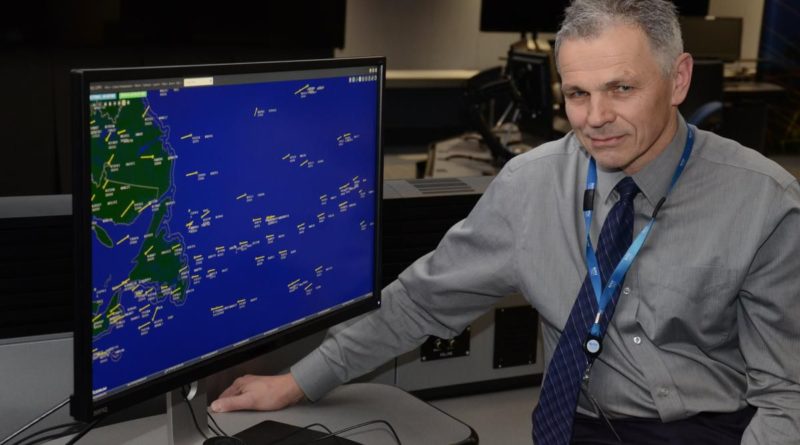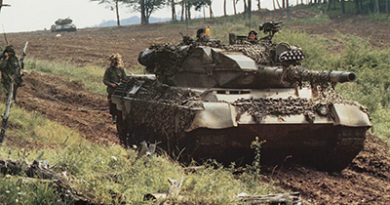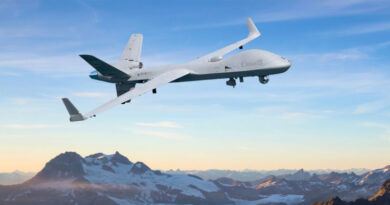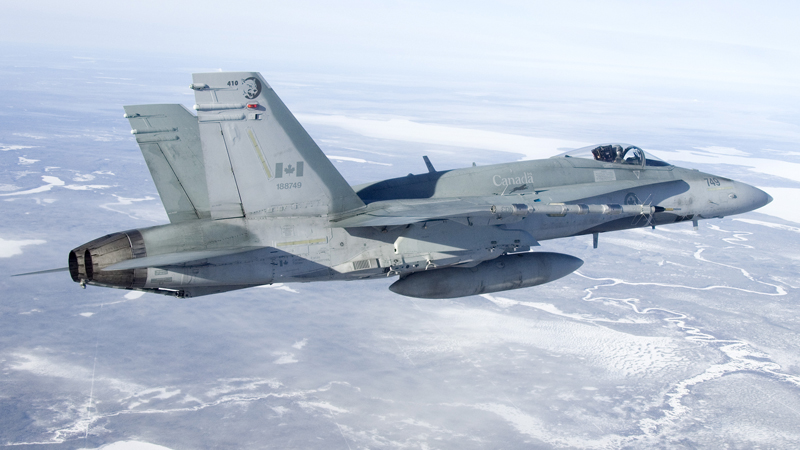New Air Surveillance System
Automatic Dependent Surveillance – Broadcast (ADS-B) is a new surveillance technology designed to help modernize the air transportation system. It provides foundational technology for improvements related to the Next Generation Air Transportation System (NextGen) and Single European Sky Air Traffic Management (ATM) Research Programme (SESAR). NextGen is the effort of the US Federal Aviation Administration (FAA) to transform air traffic control (ATC) systems to support a larger volume of aircraft more efficiently. SESAR is a similar system in Europe.
Developed and certified as a viable low-cost replacement for conventional radar, ADS-B allows ATC to monitor and control airplanes with greater precision and over a far larger percentage of the earth’s surface than has ever been possible before. For example, large expanses of northern Canada and oceanic flight paths, currently without any radar coverage, are visible on ATC screens after strategic placement of low-cost ADS-B receiving stations. ADS-B is the underlying technology in the plan to transform current radar-based surveillance to satellite-based global positioning system (GPS) surveillance.
NavCanada, the corporation that owns and operates Canada’s civil air navigation service, is a partner with Aireon, a US company that developed the technology, and is currently testing the system in Edmonton ATC for Northern Lateral Air-routes (NCA) and Gander Oceanic for North Atlantic Tracks (NAT). The system would also have a significant impact on information required by the North American Aerospace Defense Command (NORAD) to track flight paths effectively in sparse, non-radar environments.
How the System Works
ADS-B technology uses satellite transmitters and receivers to provide control personnel and flight crews with location, speed, and flight identification data of all aircraft in a selected area. In essence, the system is a satellite-based version of the old Identification, friend or foe (IFF) transponder system currently in use by ATC and other monitoring personnel.
There are two aspects of ADS-B: ADS-B Out signals, and ADS-B In signals. ADS-B Out automatically transmits flight information from an aircraft to ground-based monitoring screens and to other aircraft in the area that would have Cockpit Display of Traffic Information (CDIT) receivers, i.e., ADS-B In capability. ADS-B In would have a receiving range of about 100 nautical miles.
Benefits of ADS-B
- Radar-based systems are restricted to line of sight range, which means that beyond radar coverage, ATC must use procedural control criteria of 60 miles longitudinal and 30 miles lateral spacing between aircraft at similar altitudes. ADS-B will work anywhere and at any altitude world-wide, thereby reducing aircraft spacing and enhancing safety. Spacing could be reduced to three to five miles separation.
- ADS-B will have a significant impact on search and rescue operations. Aircraft will always be tracked, and monitors will know exactly where an aircraft went down (the situation with MH370 would never occur again!).
- Unlike conventional radar, ADS-B works at low altitudes and on the ground, so can be used to monitor aircraft on taxi-ways and runways of any airport.
- ADS-B significantly improves aircrew situational awareness and acts as a cross-check for ATC instructions and clearances, provided the aircraft is equipped with an ADS-B In receiver.
- ADS-B gives a real-time picture if aircraft deviate from assigned flight profiles.
- ADS-B information is updated twice per second, whereas radar information is only updated every antenna revolution (about every eight to ten seconds).
- ADS-B allows greater margin for conflict detection and resolution, especially in turns, speeds, climbs, or descents.
- More efficient traffic routings would be available due to Minimum Time Tracking (MTT) routes, which would result in significant time and fuel savings. For example, the average commercial airliner costs about $125/minute to operate. Conservative estimates are that an airline could see savings of 15 to 20% on each trans-oceanic flight.
- The technology is so affordable that third-world countries can be brought up to 21st century standards, thereby enhancing safety in areas of the world where radar service is weak or non-existent.
Significance for the Canadian Armed Forces
The major impact of this technology would be greatly enhanced Canadian search and rescue operations, especially in the non-radar areas of the Arctic. Currently when an aircraft is missing or overdue, the Searchmaster must produce a topographical plot starting from the Last Known Position (LKP) of the missing aircraft, and extend a ground track from the LKP to the filed destination. Around this track, three areas of probability are drawn out, and search aircraft are assigned an area, altitude, and track spacing based on ground environment criteria. In some cases, the probability areas could cover hundreds of square miles and could take many days to complete.
If ADS-B technology was available, and aircraft were suitably equipped, the Searchmaster would have an exact location of where (and when) the missing aircraft disappeared from the monitor screens. The time-saving would obviously save lives, and the cost saving would be immense.
As well, NORAD personnel would have a plot of all aircraft, and would easily ascertain which targets have not filed flight plans or were deviating from planned flight profiles. Over the years, intercept fighters were often scrambled to find that the target was a commercial airliner as opposed to a foreign intruder.
Ed Young is a retired navigator, pilot and training specialist of the Canadian Armed Forces. He was a searchmaster, and has led training of military and commercial crews. This work is the sole opinion of the author and does not necessarily represent the views of the Canadian Department of National Defence, the Canadian Armed Forces, the Royal Canadian Mounted Police or the Royal United Services Institute of Nova Scotia. The author may be contacted by email at: RUSINovaScotia@gmail.com.
A PDF of this briefing may be downloaded here.




